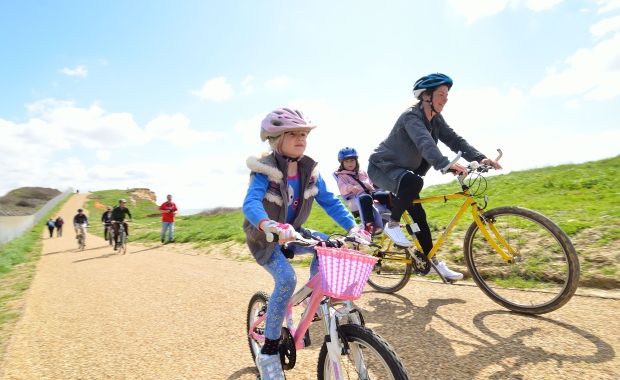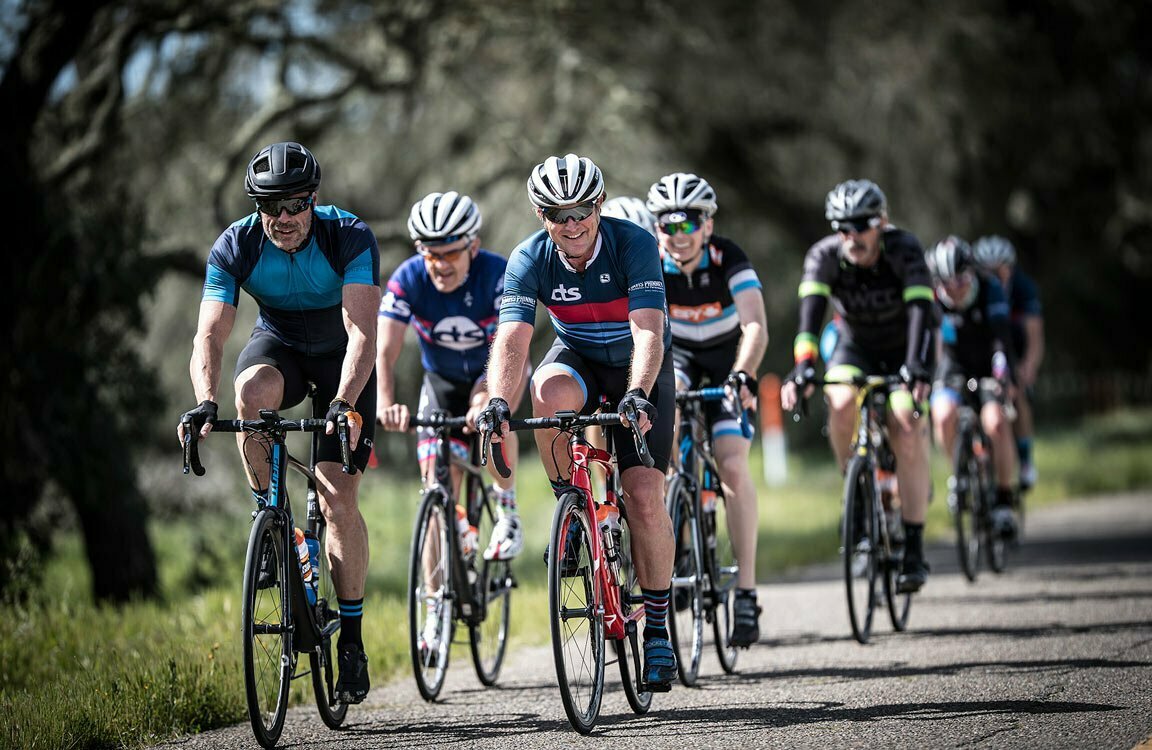Participants in Para-cycling races – cycling with a disability – would properly observe Paul Mannion’s Ph.D. Research. At the Eindhoven University of Technology and the National University of Ireland Galway, he has investigated the aerodynamic resistance of tandem and hand cyclists. The most reliable posture seems to offer tandem cyclists a bonus of eight.1 second in step with 10 kilometers, whilst the right choice of wheels can provide hand cyclists an advantage.6 seconds in keeping with a kilometer. This ought to make the difference between triumphing or dropping.

The studies project led by way of the National University of Ireland Galway and Eindhoven University of Technology (TU/e) in collaboration with KU Leuven in Belgium and software program company ANSYS. The experimental paintings were carried out within the wind tunnels of TU/e and the University of Liège. They were led by Civil Engineers Professor Bert Blocken of TU/e and KU Leuven, and Dr. Eoghan Clifford of NUI Galway. Clifford is a four-time international champion and present-day para-biking Champion and initiated the research with Blocken. Blocken: “Para-biking aerodynamics has never earlier than been appreciably and scientifically investigated the usage of wind tunnel assessments and laptop simulations. Because the riders can reach speeds of as much as fifty-four kilometers in step with an hour and extra, air resistance is a key overall performance component. So there is a lot to be won with the aid of aerodynamic research.”
Up to 8.1-second advantage for tandem cyclists, Some of the consequences were unexpected, especially for tandem biking. Here, a sighted rider – the pilot – sits on the front, while the rear rider—the stoker—has a visible impairment. “You would expect athletes to enjoy the least resistance in a race when bending over the bike as a good deal as possible. But our research suggests that the aerodynamics are better if the pilot adopts a more upright role. This allows to protect the stoker from the wind, lowering the entire resistance of the 2 riders,” explains Paul Mannion.
Of the 23 combos of race postures that had been researched, the top-quality torso attitude – the attitude between the horizontal rod and the torso from tailbone to head – turned out to be 25 levels for the pilot and 20 ranges for the stoker. Blocken: “This consequences in 6.5 seconds quicker time over a distance of 10 kilometers, compared to the posture in which each athlete bend as low as possible over the handlebar.”
There is even more, to gain in time-trials. Most tandem cyclists undertake the so-known as a time-trial function, whilst the researchers display that the frame-clench posture, wherein the stoker grasps the pilot’s seat submit, is quicker. “Compared to this well-known function, there is a time benefit of no much less than 8.1 seconds over a distance of ten kilometers,” explains Block.
A 1.6-second benefit in step with kilometer for hand cyclists The researchers additionally tested hand cyclists, the usage of each wind tunnel, and pc simulations. Here, the wheel kind had a completely huge impact on aerodynamic resistance, especially in crosswinds. Para-handcycles have three wheels, one on the front and behind the cycle. Mannion: “Cyclists tend to pick out three disk wheels; however, we’ve got shown that this increases the overall resistance. A disk wheel at the front and spoked wheels in the back of the cycle result in tons of lower resistance. This effect is most evident in crosswinds but also holds for winds from other angles. Blocken: “With 10 levels of crosswind, a bonus of up to 1.6 seconds may be finished over 1000 meters.”
Even large aerodynamic gains are viable at some stage in hill descents, while cyclists don’t pedal and reach speeds of 60 kilometers consistent with the hour. Here, the position of the hands turned out to be the finding out component. Mannion saw that maximum riders pressed their fingers against their body all through the descent – the so-referred to as 6 o’clock position – assuming that this will reduce aerodynamic resistance to the maximum. But the wind tunnel and computer simulations showed in any other case: a position with the hands prolonged – the nine o’clock role – proved to be tons greater powerful. Mannion: “This most effective posture ends in four. Three percentage much less drag compared to the 6 o’clock function.”








